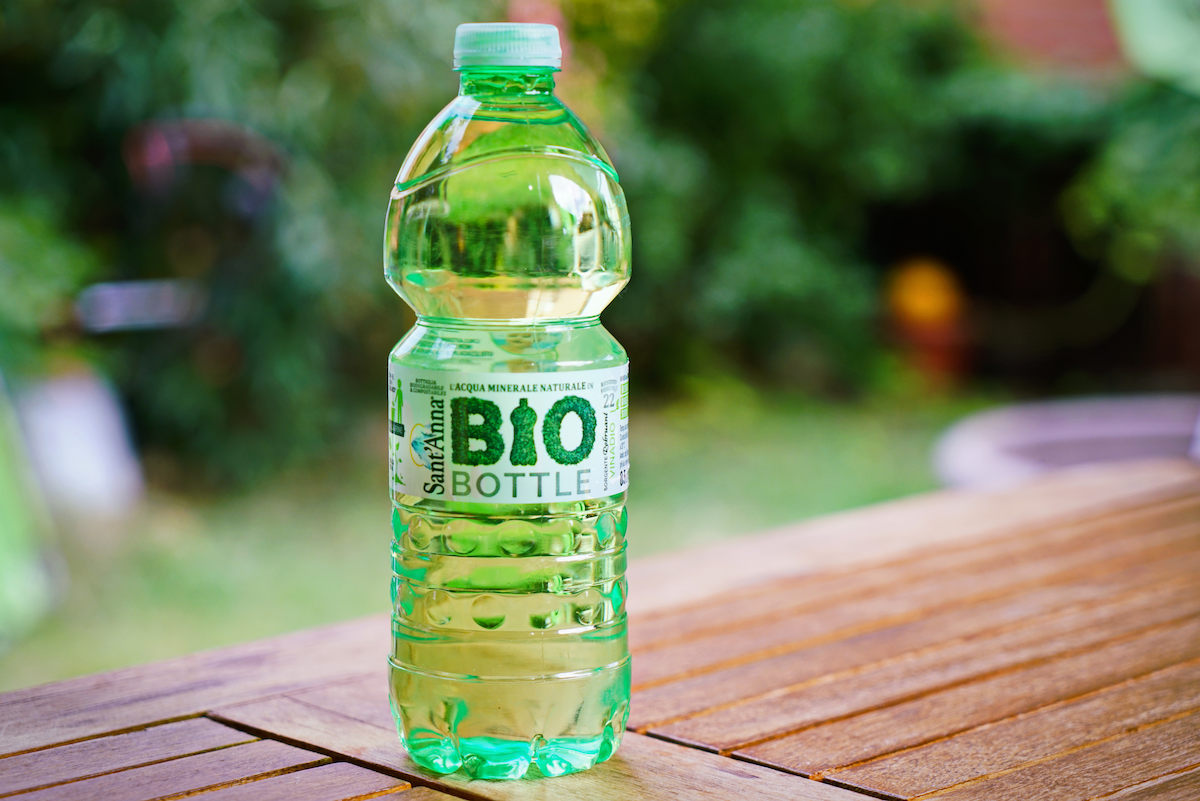The pollution of ecosystems by synthetic materials and their particles is a growing problem in the modern world. Segregation and recycling of plastic offer only a partial solution. Despite significant efforts, we are unable to remove all waste from circulation, and some synthetic materials are either impossible or uneconomical to recycle. That’s why bioplastics are becoming increasingly significant, as they are not plagued by these shortcomings.

Synthetic materials are, for the most part, derived from petroleum products. Various hydrocarbon fractions are produced through the refinement of “black gold.” By combining these fractions and enriching them with other substances, long chains of molecules, called polymers, are formed. These chains are so extensive that shortening them by a few links does not affect the physical properties of the substance. Similar materials with a comparable molecular structure exist in nature, such as wood. However, unlike natural materials, synthetic plastics, precisely because of their complex molecular structure, degrade over an extended period, far beyond the perspective of civilization.
But that’s not the end of the problem. Plastics tend to wear down and break apart, just like any other material. The resulting dust is of microscopic size and easily infiltrates the environment. These tiny, invisible particles enter the bodies of aquatic organisms and accumulate in subsequent trophic levels. Eventually, they can end up on people’s tables through their food. We become victims of our own neglect and carelessness.
Along with synthetic materials, many harmful substances also enter the environment. Plastic is enriched with various chemical compounds to enhance its quality, add color, or provide other functional characteristics. The issue is that these chemicals are not permanently bonded to the polymer chains, so they can leach or evaporate.
The situation is entirely different when it comes to plastics made from plant tissues. It turns out that today’s technology allows for the production of plastic from sources like potato starch, corn, sugarcane, hemp, or other fibers. Through fermentation, these materials are transformed into polymers similar to those produced during crude oil refinement. From a functional standpoint, both substances are not very different from each other – they can be used to create similarly functional packaging. The crucial difference lies in their environmental impact.
While recycling or disposing of regular plastics requires financial and energy investments, bioplastics break down independently due to the action of fungi and bacteria. Since it originates from plant tissues, it decomposes and breaks down similarly to, for example, tree leaves – after winter, there’s no trace of them. The same happens in this case. Bioplastics can be composted with other waste, resulting in valuable fertilizer. Otherwise, this material should be disposed of in the organic waste bin.
Plant-based synthetic materials are the future of the packaging industry. Their widespread use will help minimize the problem of plastic overproduction and its subsequent disposal. It’s worth embracing them and living in the model of zero waste to alleviate the burden on our one and only planet.
At Compositive, we have long been using components such as PLA or thermoplastic starch to give our granules biodegradable properties. That’s why we can supply various customers and recipients with granules used for the production of biodegradable products such as films, cups, bottles, fibers, and nonwoven materials.
Feel free to get in touch with us.